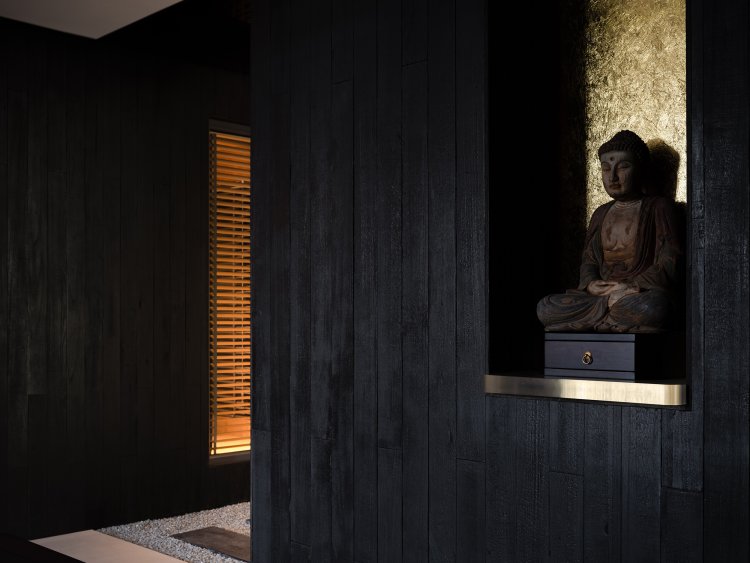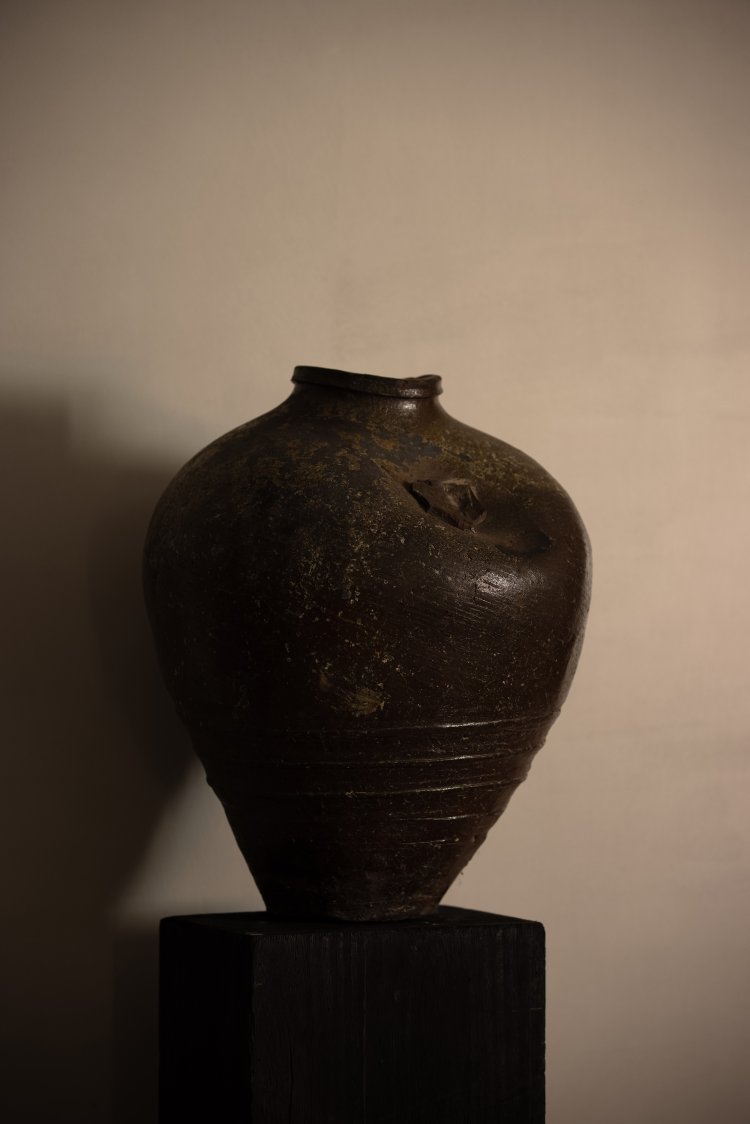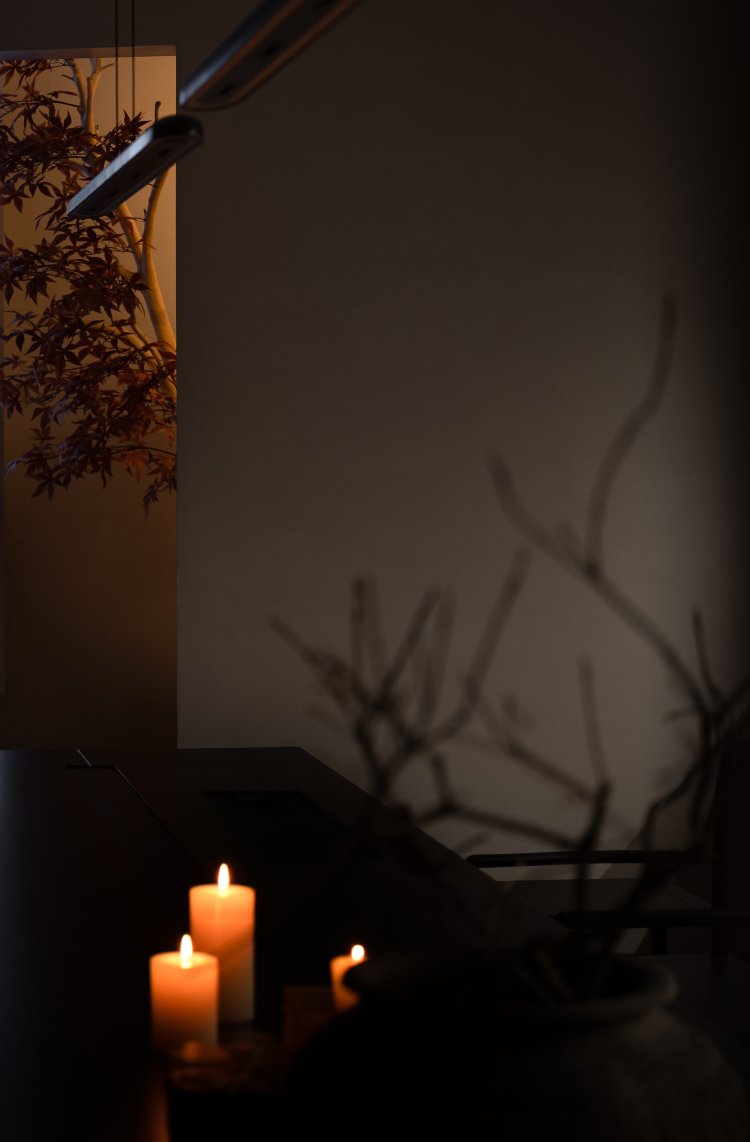Kwanisty Tea Life by Ideorealm Design
This project is located in Quzhou, a city renowned as the "southeastern gateway to Confucianism". The breathtaking natural scenery attracts literati and scholars to contemplate its beauty. The classic Chinese poem "Preface to the Orchid Pavilion Collection" describes the delight of sitting by a railing, drinking wine and composing poetry. Today, this creativity has been fused with the concept of tea space, creating a non-traditional tea house. The handling of the relationship in the triangular area at the end is also different from the blank artistic conception of traditional landscape painting. The levels of stone steps and the artwork on the lightbox blend together seamlessly, allowing a glimpse of the beautiful scenery blending both the past and present. The new Chinese-style blank imagery showcases the beauty of deep autumn, creating a visual experience of infinite extension. The image and space blend together, dissolving boundaries and creating a tea space that can converse with people on an equal footing. The steps leading to another dimension provide space for participation and imagination. With the extensive use of black carbonized wood, the space exudes a dignified and tranquil atmosphere. The moment you step into this space, you are embraced by the healing power of the environment's silence. The simple wall treatments combined with glass bricks give off the vibe of ancient poetry, a timeless harmony. Silence is constant, while light is a wave that ebbs and flows, and the interplay of the two brings the space to life. The warm-toned lighting creates a hazy ambiance, and the carefully designed decorative items add an elegant touch. The lingering scent of tea and the suspended time in the space allow busy bodies to relax and be rejuvenated. The space heals people, and they gain strength within it. Calming the mind is the process of healing the inner self; purifying the mind is the realm of spiritual enlightenment.

Project Name: Kwanisty Tea Life
Project Location: Quzhou, Zhejiang, China
Project Area: 300 ㎡
Design Time: 2023. 01
Completion Time: 2023. 04
Project Owner: Zhejiang Quzhou FEKA Furniture Co., Ltd.
Design Firm: Ideorealm Design
Chief Designers: Zhaopei Chen, Maowu He
Deepening Team: Yi She, Chaotong Lu, Guang Luo
Soft Decoration Design: Qiuping Huang from Yijian Design
Main Materials: bobo veneer, art paint, carbonized wood, natural stone skin
Photographer: Yun Ouyang
Brand Planning: Youliao Planning
Ideorealm Design | Kwanisty Tea Life, reshaping contemporary oriental tranquility

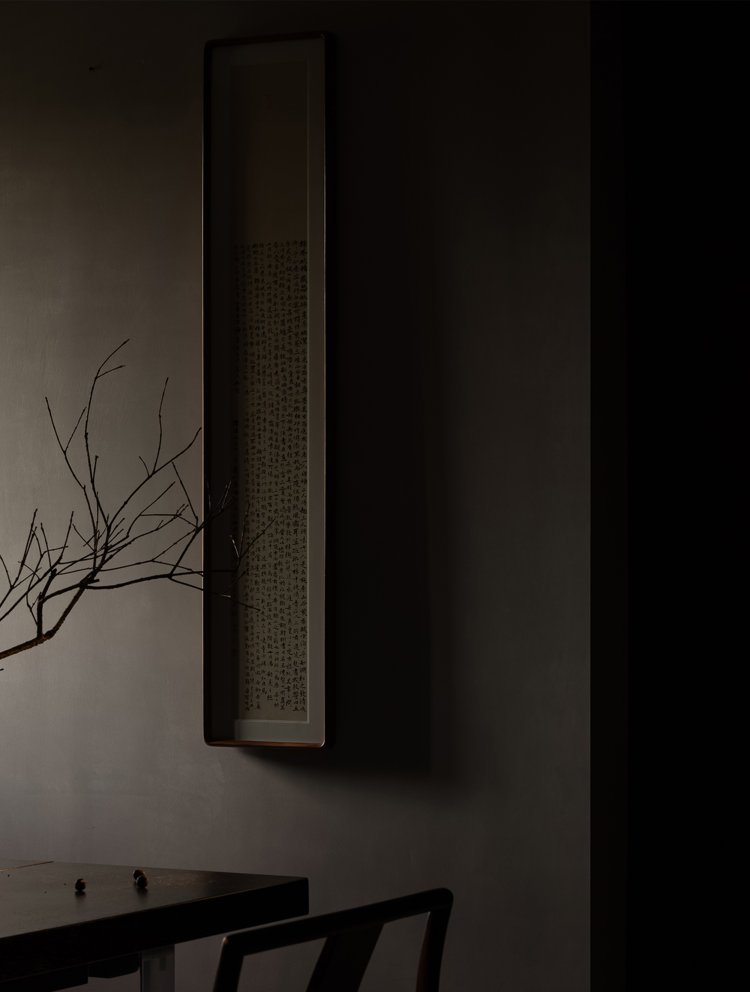
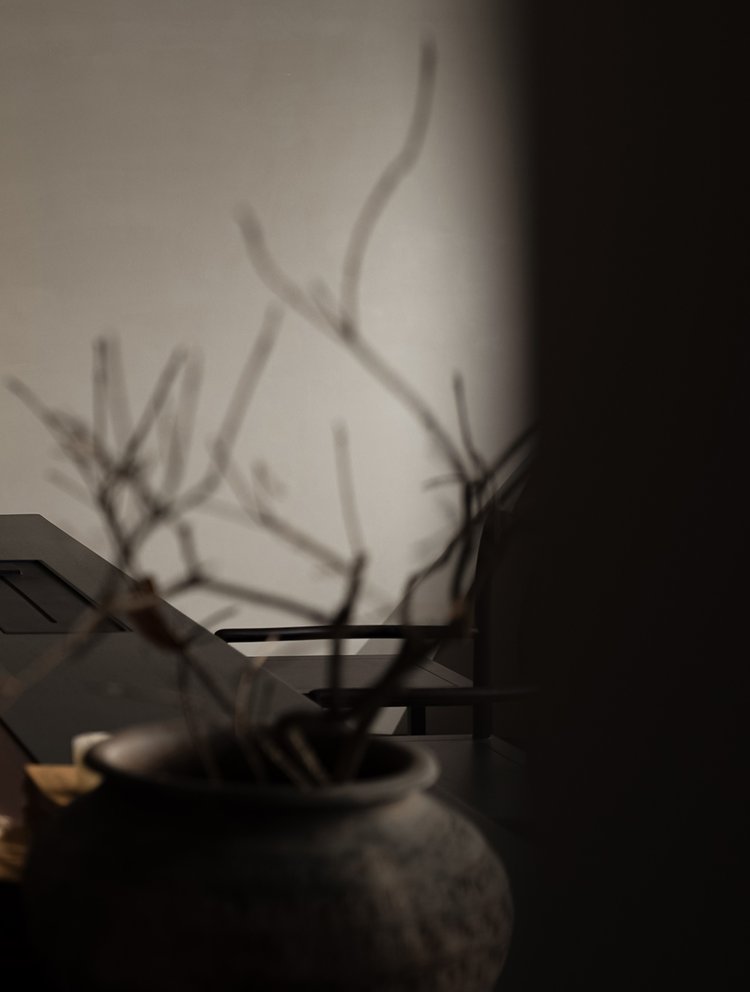
「Here, lofty mountains and hills do rise,
With thick and lush trees that do mesmerize.
The clear streams flow with power and might,
Reflecting beauty on the left and right.
Thus, we gather here to watch the streams flow,
With drinks and songs, in merry and joyous glow.
Sitting together in a row, side by side,
As nature's beauty takes us on a peaceful ride.」
Wang Xizhi, 《Preface to the Orchid Pavilion》

01.Quiet Immersion
Louis Kahn once said, "Architecture stands between us and the world, representing the immeasurable quality of silence." This is where the beauty of silence lies, in the boundary between stillness and light, an intangible source of tranquility.
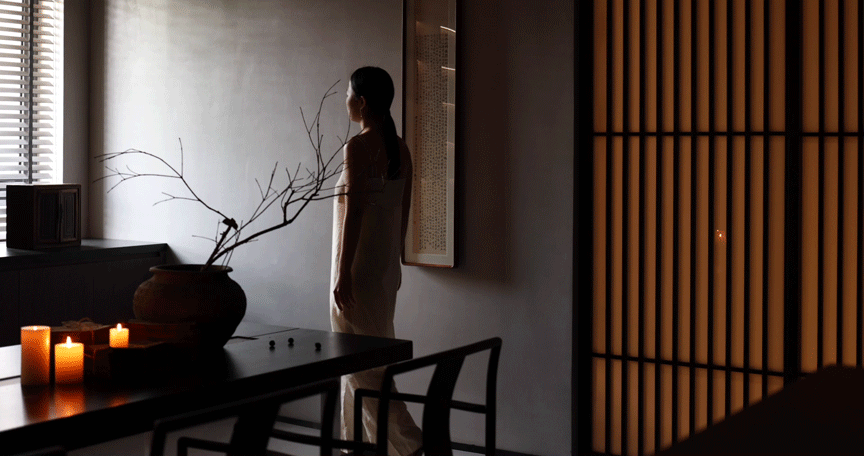
The appearance of light gives rise to the interplay of light and shadow within architecture. From the arrangement of lighting to the texture of materials, and the distribution of space within the building, the relationship between space and light is manipulated to create a unique atmosphere.
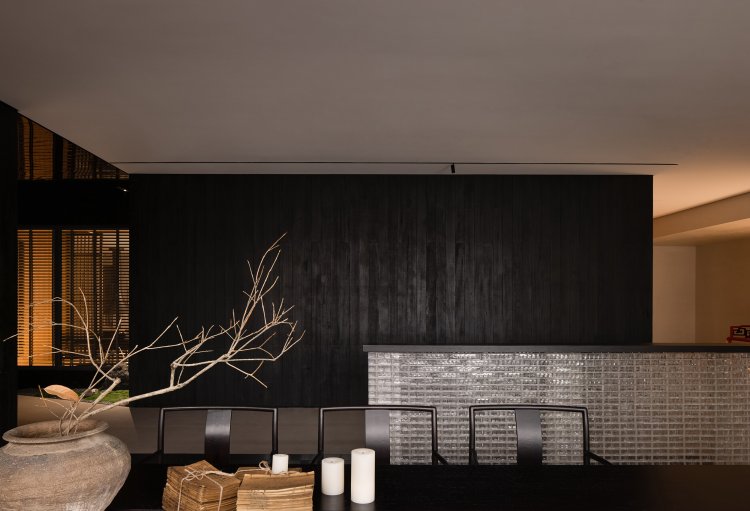

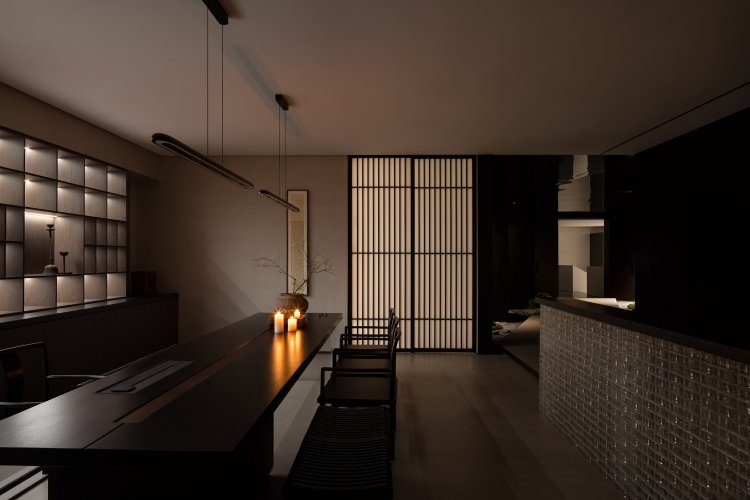
This project is located in Quzhou, a city renowned as the "southeastern gateway to Confucianism". The breathtaking natural scenery attracts literati and scholars to contemplate its beauty. The classic Chinese poem "Preface to the Orchid Pavilion Collection" describes the delight of sitting by a railing, drinking wine and composing poetry. Today, this creativity has been fused with the concept of tea space, creating a non-traditional tea house.
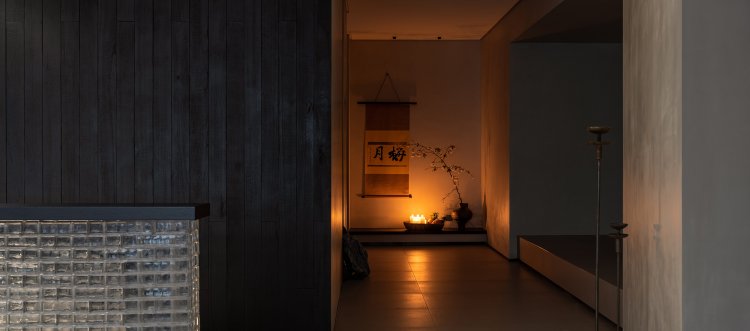
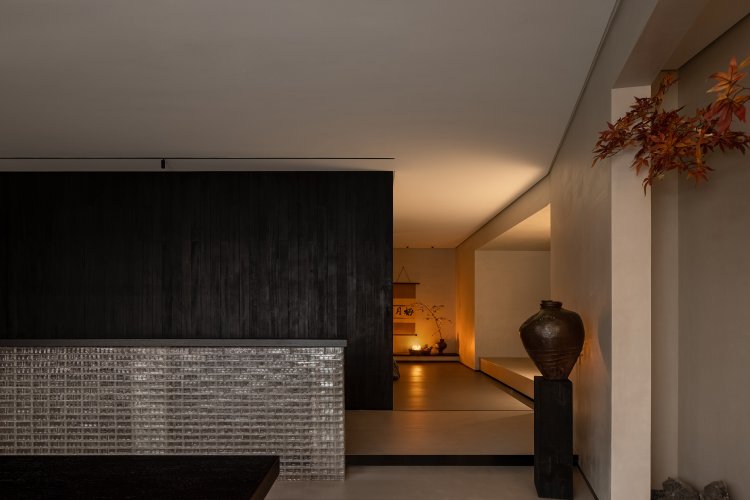
The handling of the relationship in the triangular area at the end is also different from the blank artistic conception of traditional landscape painting. The levels of stone steps and the artwork on the lightbox blend together seamlessly, allowing a glimpse of the beautiful scenery blending both the past and present. The new Chinese-style blank imagery showcases the beauty of deep autumn, creating a visual experience of infinite extension. The image and space blend together, dissolving boundaries and creating a tea space that can converse with people on an equal footing. The steps leading to another dimension provide space for participation and imagination.
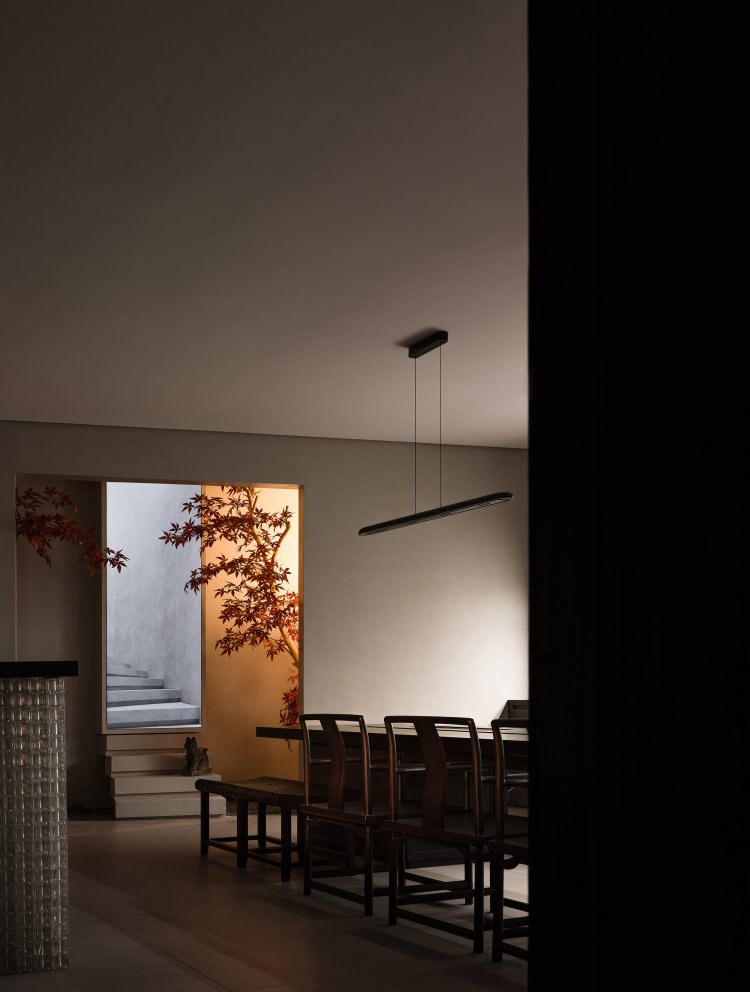

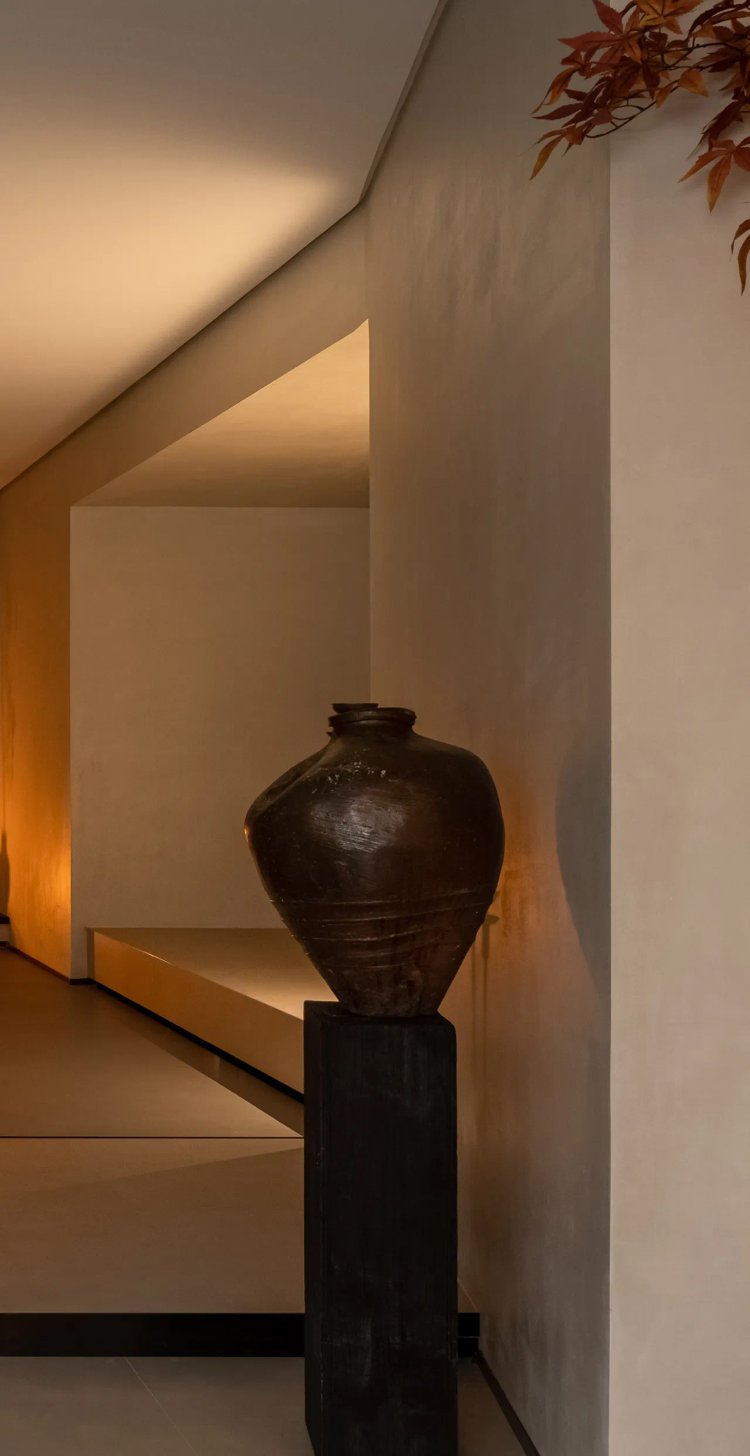
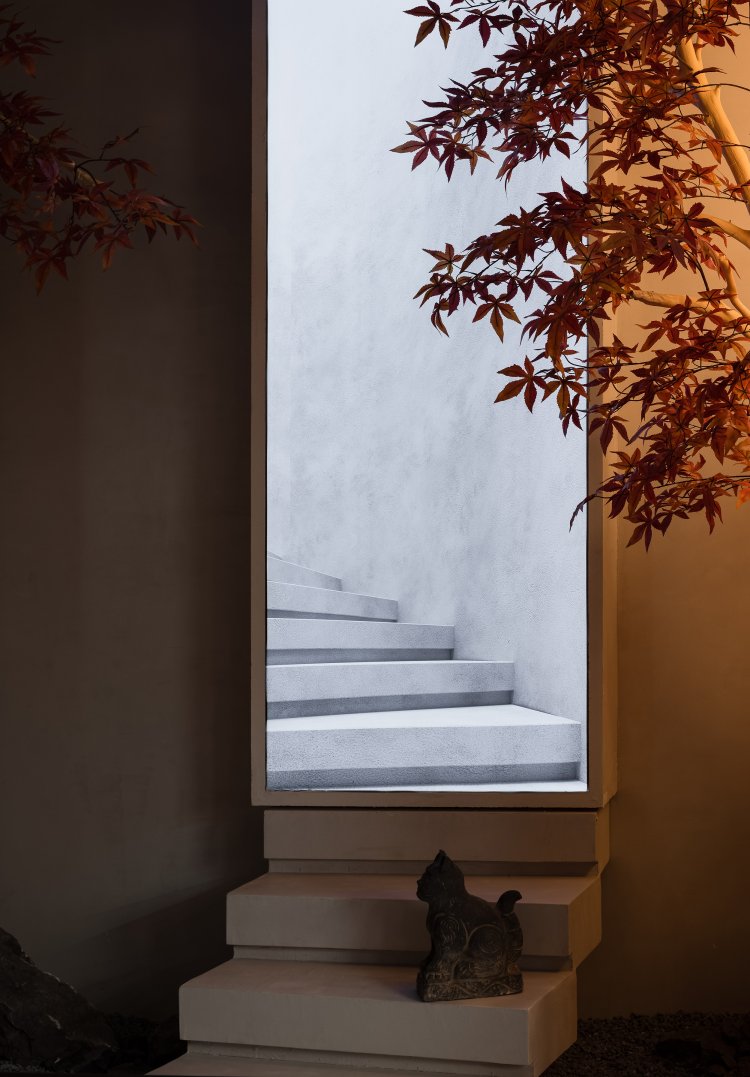
With the extensive use of black carbonized wood, the space exudes a dignified and tranquil atmosphere. The moment you step into this space, you are embraced by the healing power of the environment's silence. The simple wall treatments combined with glass bricks give off the vibe of ancient poetry, a timeless harmony.

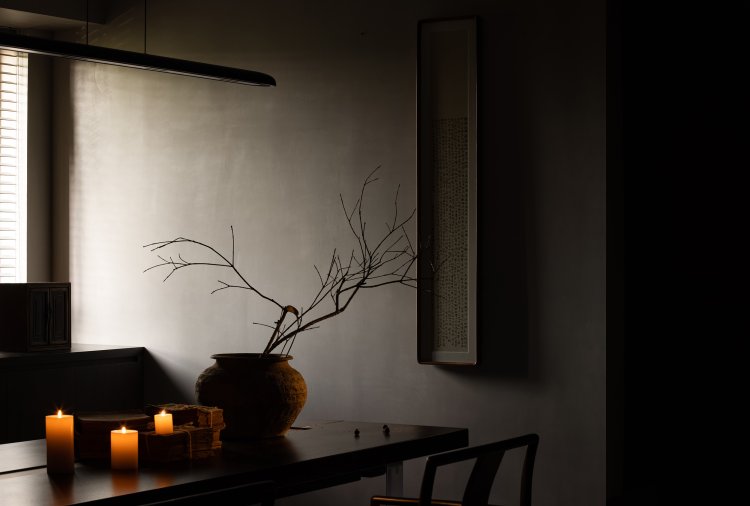
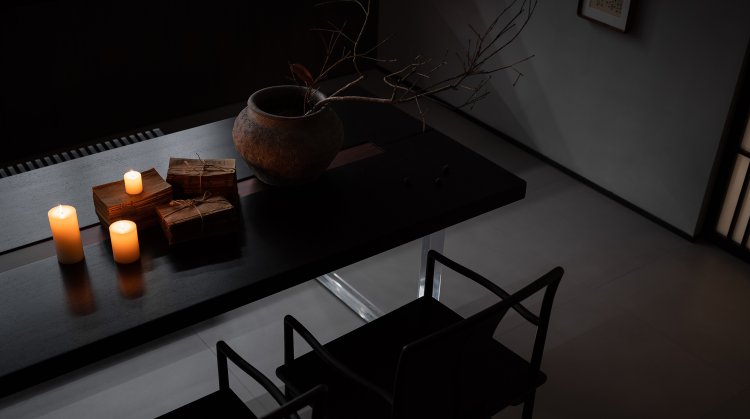


Silence is constant, while light is a wave that ebbs and flows, and the interplay of the two brings the space to life. The warm-toned lighting creates a hazy ambiance, and the carefully designed decorative items add an elegant touch. The lingering scent of tea and the suspended time in the space allow busy bodies to relax and be rejuvenated. The space heals people, and they gain strength within it. Calming the mind is the process of healing the inner self; purifying the mind is the realm of spiritual enlightenment.
02.Step and see, savor the world of the East with glee
「Beauty does not exist in the objects themselves but is rather the reflection of the interplay between the shadows and the light of different objects.」- Jun'ichirō Tanizaki, 《In Praise of Shadows》
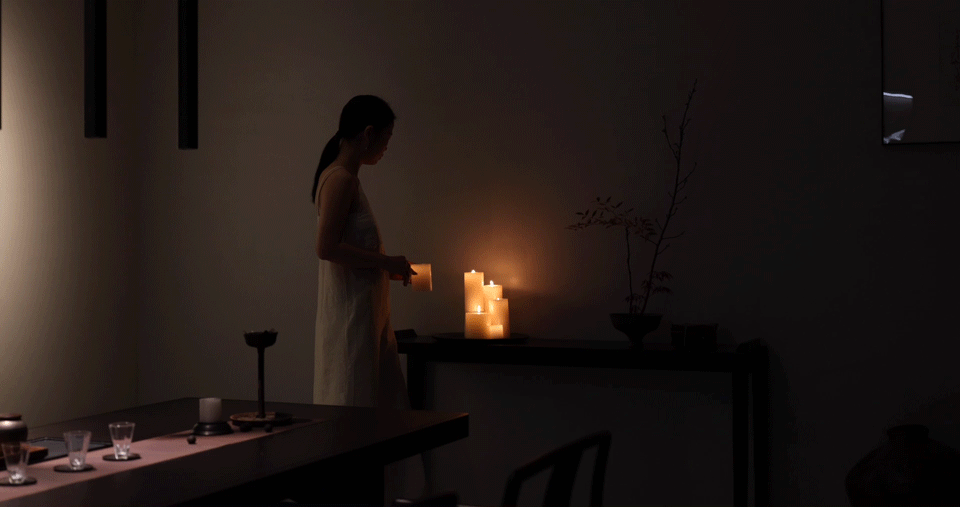
The most profound takes the simpliest form, so we let go of those complicated things and return to elegance by adopting an unusual 45-degree angle for the flow of movement from the entrance, "reviving after a dozen steps, opening up suddenly", simple yet elegant, with simplicity at its core. On this journey, one leaves behind the complicated and returns to the essence, arriving directly at the core shared space of the area.

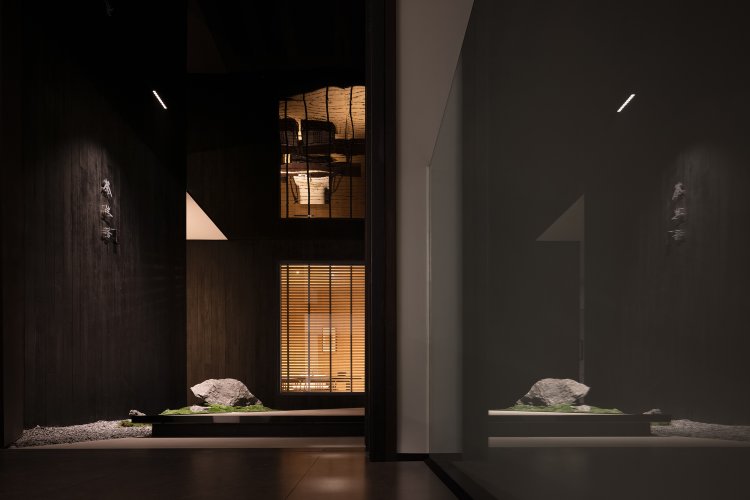
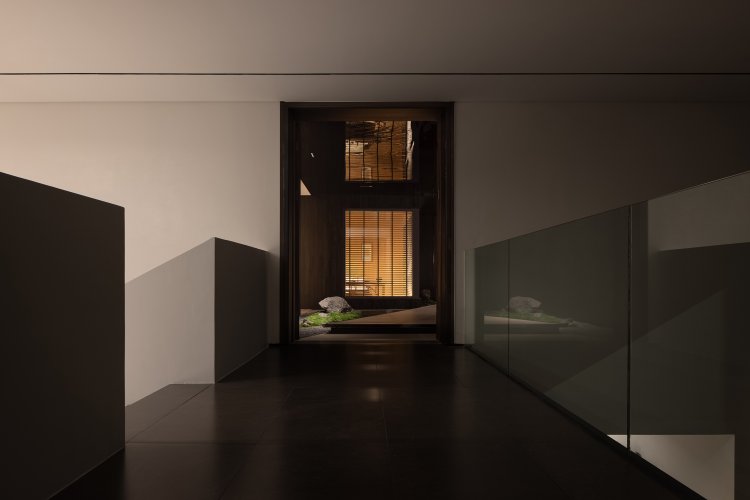
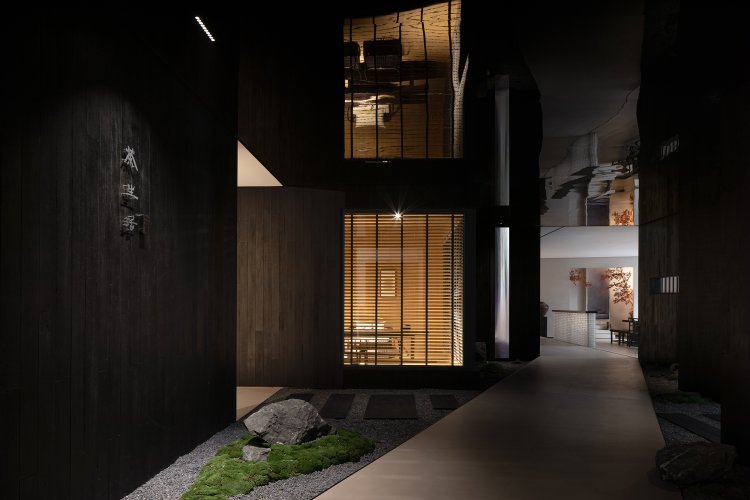
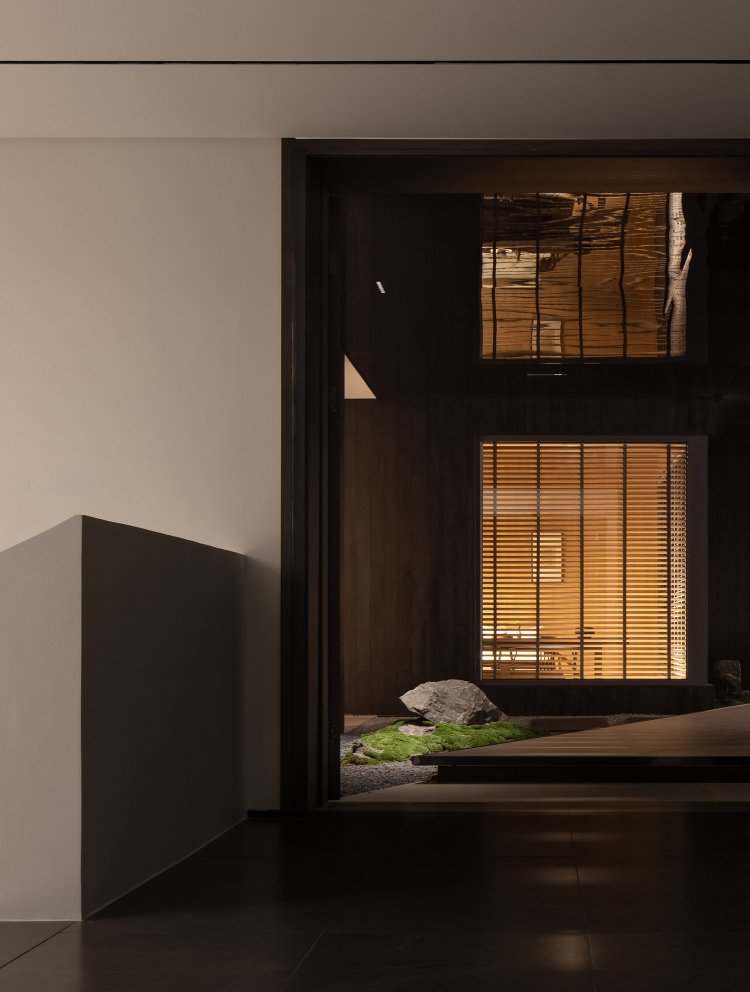
Under a clear blue sky and gentle breeze, seven elegant rooms are gracefully arranged throughout the space, winding and twisting, varying in size. The trajectory of light is reminiscent of flowing water, surging and reflecting, illuminating the surroundings with brightness and darkness, gathering and dispersing. Within this environment, one can experience the feeling of "seeing and hearing to the utmost delight".
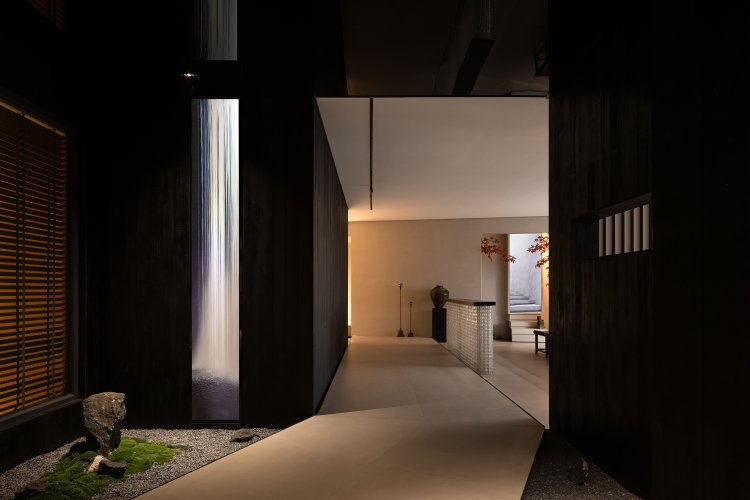
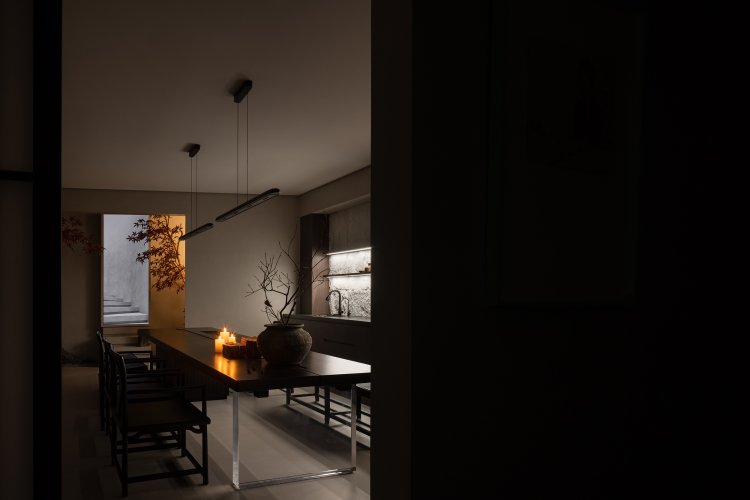
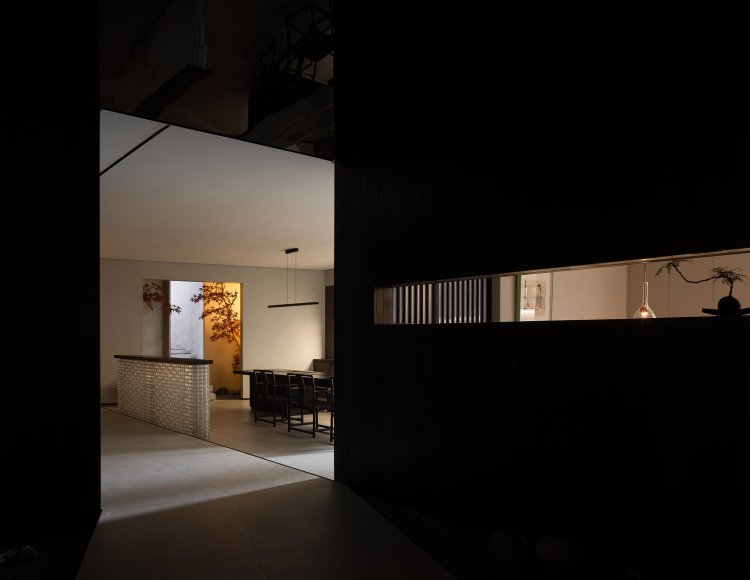
The tea room can also be accessed on either side of the main corridor, with the flow of movement flexibly arranged, presenting different views at each step, "green moss on the steps, and the curtain colored with the shades of grass", complementing each other like poetry and painting, with natural beauty and moss-like beauty naturally expressed.
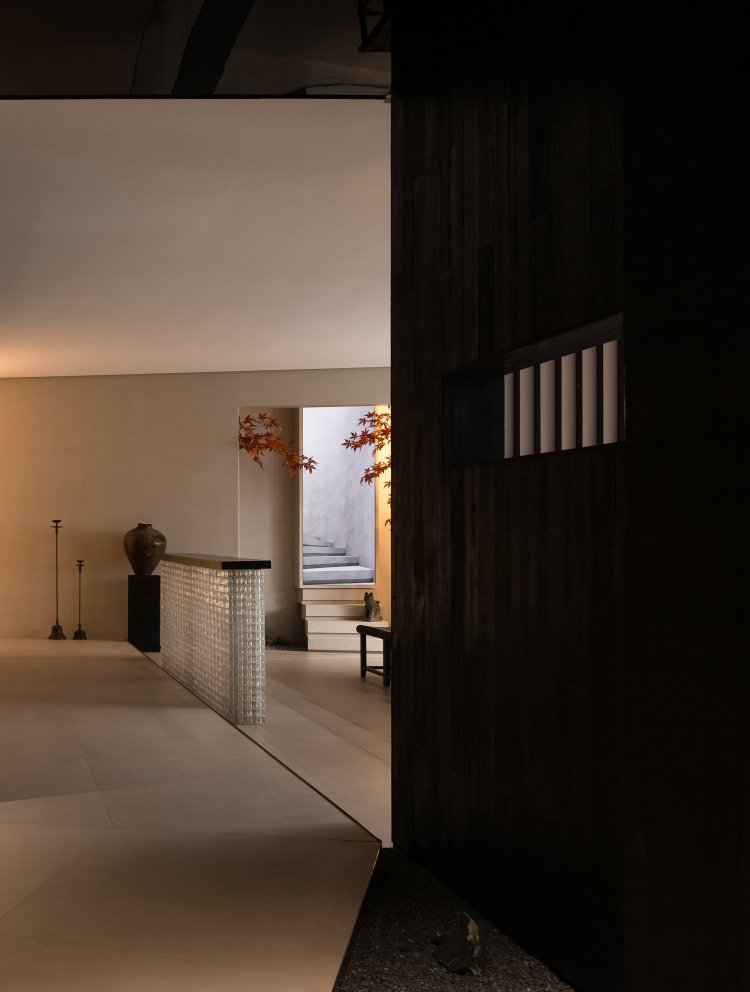


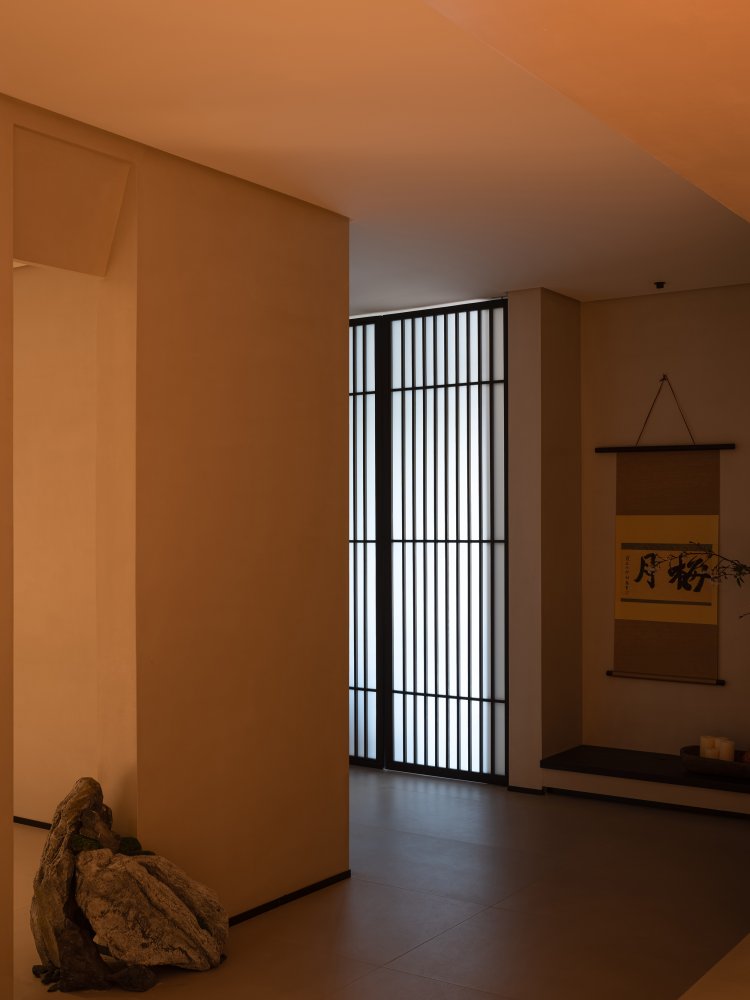
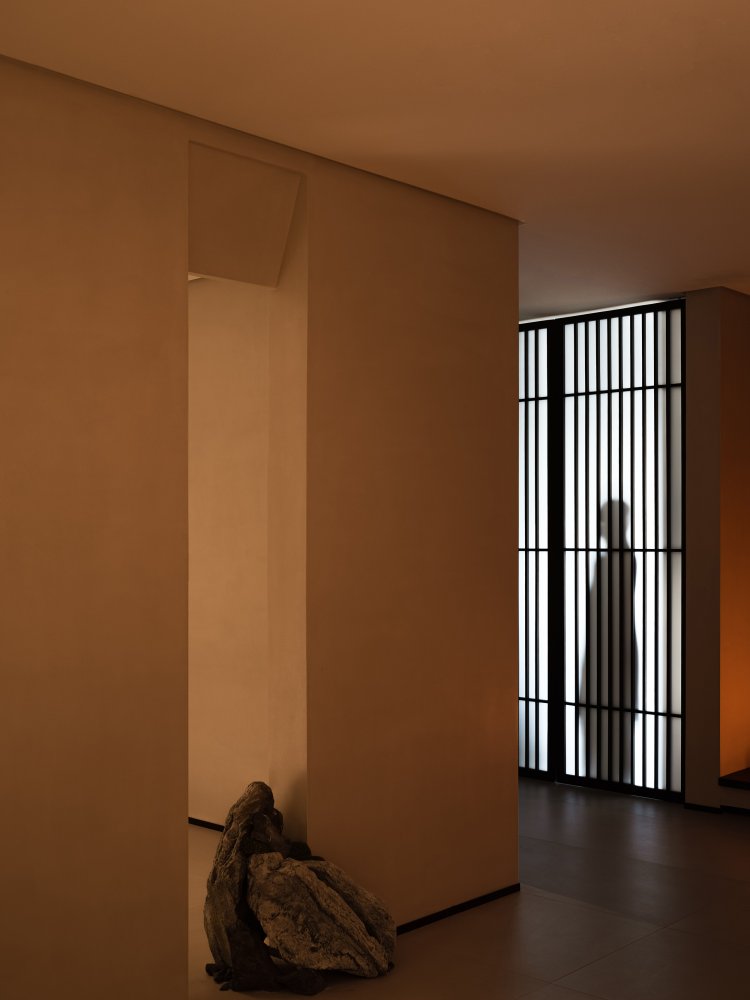
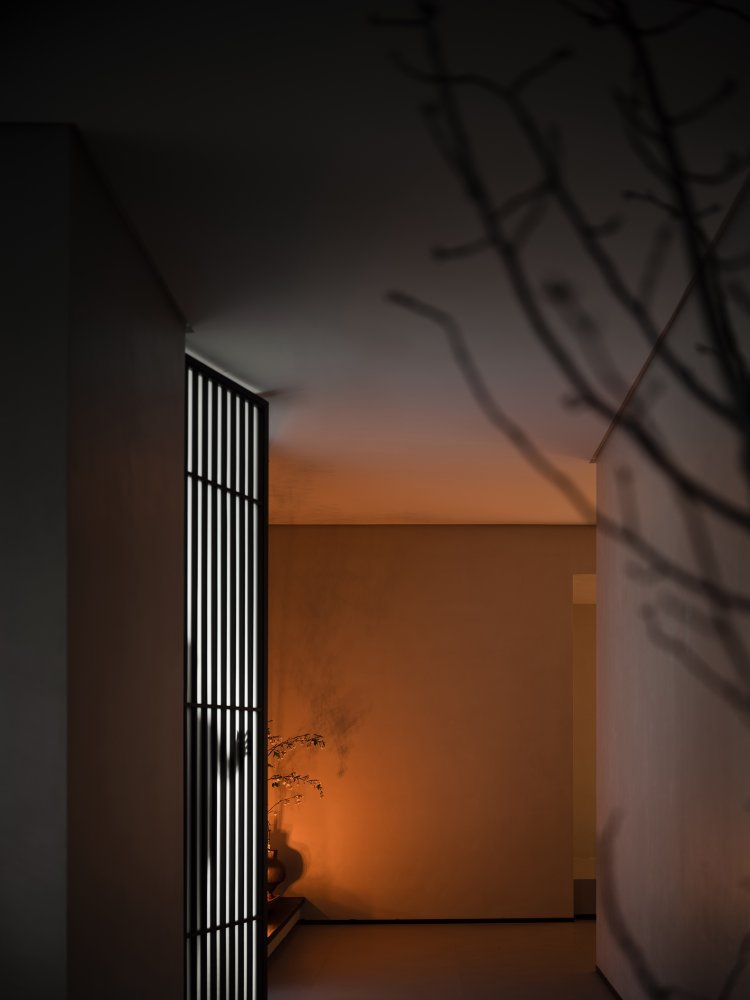

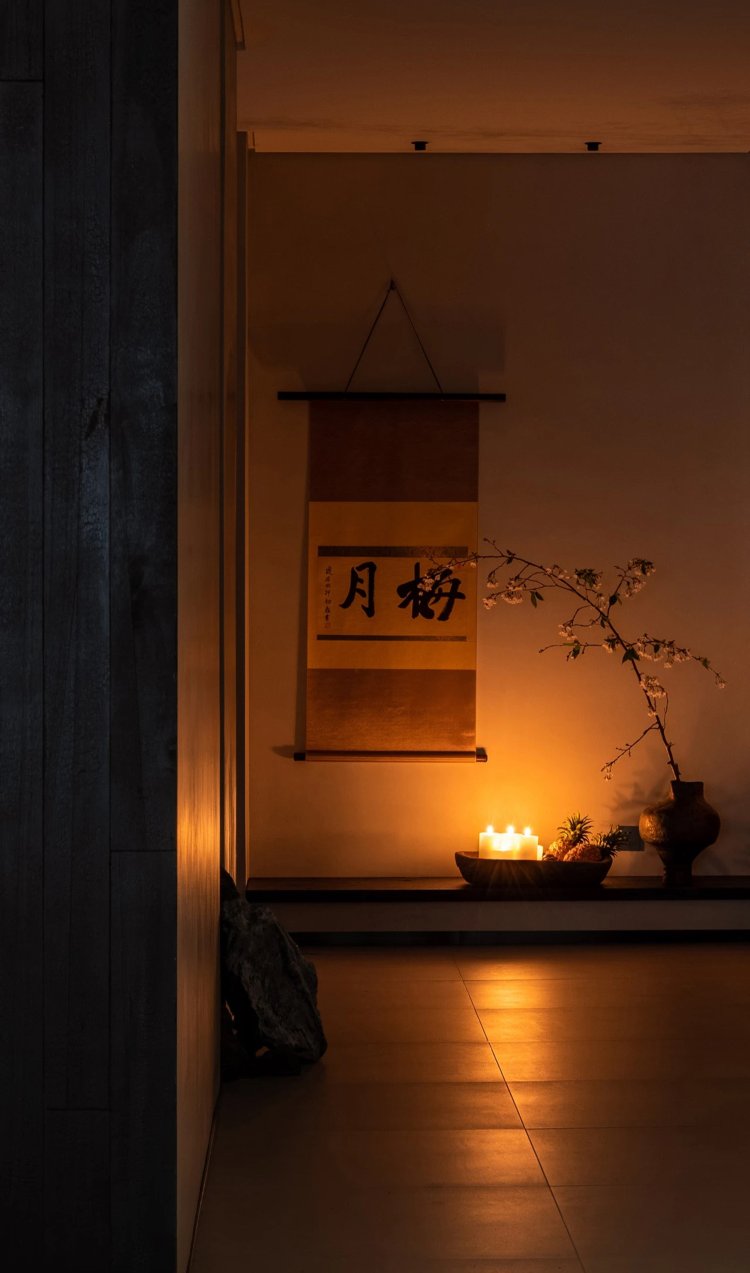
The design of the flow of movement appears casual, but adheres to the philosophy of unity between man and nature, with smooth lines, rough textures, and no excessive embellishment, reflecting the natural Zen and the mood of drinking tea.
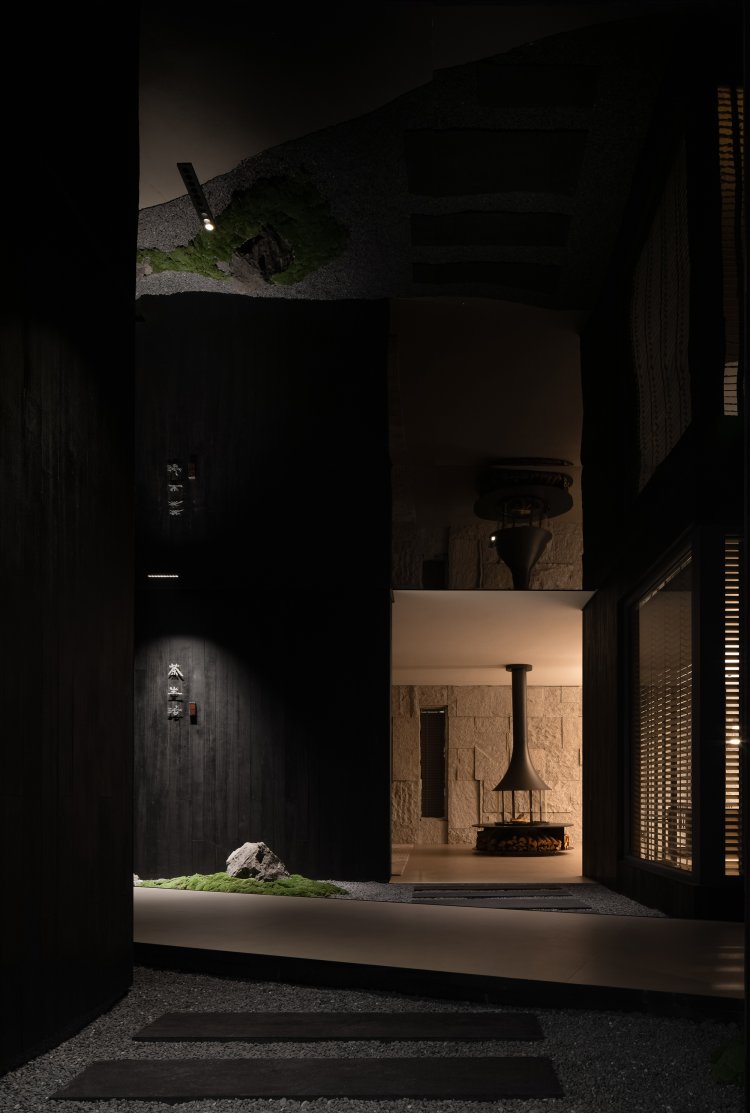
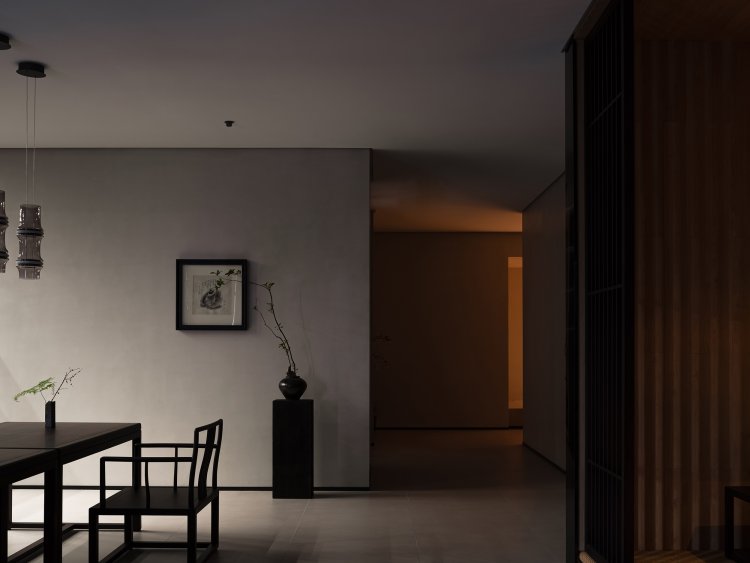
The flow of movement is the manifestation of the interaction between people and space, fulfilling not only the functional needs of the area, but also conveying the connection between nature and space, providing rich emotional value.
Tea embodies intention, space creates ambiance, with flowers and a tea set, drinking tea conveys the aesthetic beauty of humanity's connection to nature, each other, and art. Whether enjoying alone or with friends, taking a moment of tranquility amidst the mundane allows one to appreciate the splendor found in silence.
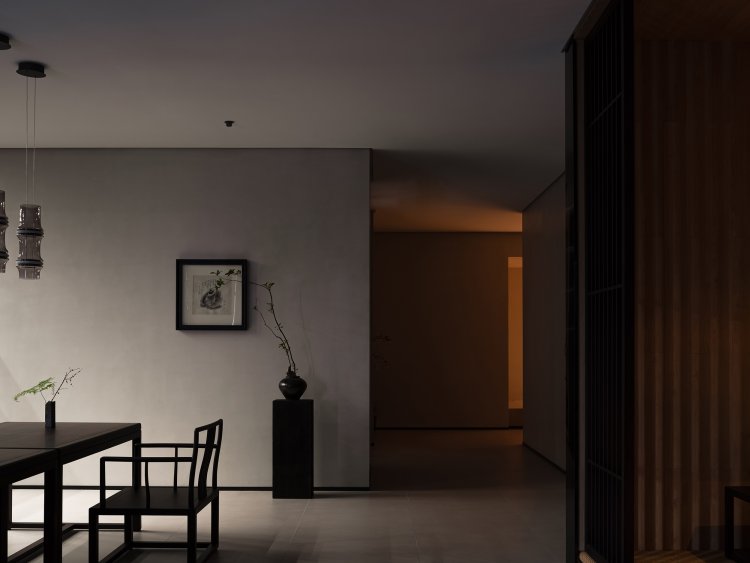

The Buddha once said, "Peace of mind is superior to bodily calmness, and can only be achieved by following the natural way and nurturing a natural body." Kwanisty, one savors not just a cup of tea, but seeks out an elegant haven, savoring a cup of clear tea, immersed in the world of plants and trees, listening to tales of time, feeling stories of memory, and gazing upon the present while recalling the past, lingering in the aftermath of the winds.
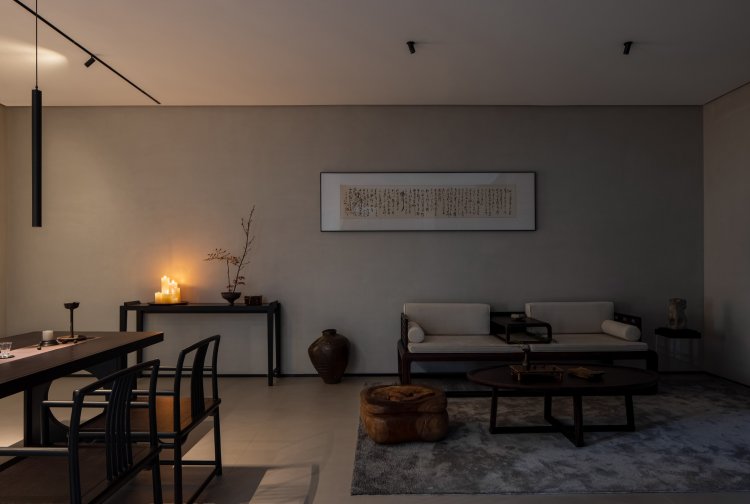
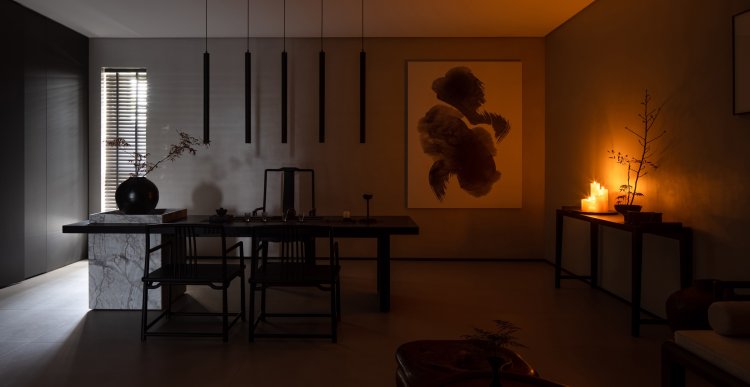
3. A new era
The embodiment of tea culture
The taste is rich, long-lasting, and intoxicating, it is like walking on a beautiful road.
——Huang Tingjian, 《Taste · Poetry of Tea 》

"Tea" ain't no symbol, nor no concrete thing either. It's in every space, every moment, soaking in the air, clinging to the surroundings, breathing and moving. Time intertwines, drinking in mountains and rivers, savoring myriad blooms, complementing each other.


Here, the air and rhythm converge, then scatter through the passage. The design appears natural, yet not without the harmony of heaven and earth. It's like a frozen proposition, performing a dialogue across time and space. With a modern design sensibility, the essence of tea culture is refined, attracting more people to understand and love the traditional tea culture.
